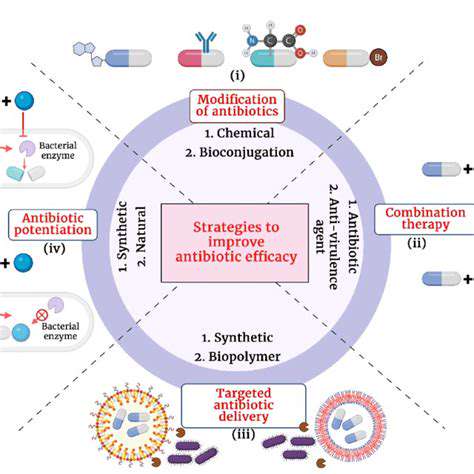Understanding the Scope of Migraine
Migraine isn't just a bad headache - it's a complex neurological condition that disrupts lives globally. For many, the pulsating pain comes with nausea, light sensitivity, and an inability to function normally. What makes migraine particularly challenging is its unpredictable nature and varying intensity from person to person. This condition doesn't discriminate, affecting people of all ages, genders, and backgrounds, which makes finding solutions that work for everyone particularly difficult.
When migraines go untreated, the ripple effects extend far beyond physical discomfort. Many sufferers experience significant productivity losses at work, strained personal relationships, and mounting medical expenses. The mental health impact often gets overlooked - chronic migraine sufferers frequently battle anxiety and depression as they navigate their unpredictable condition. These hidden costs make migraine more than just a health issue; it's a societal challenge requiring multi-faceted solutions.
Addressing the Challenges in Diagnosis and Treatment
Diagnosing migraine presents unique challenges because its symptoms often mimic other conditions. Doctors need better tools and clearer guidelines to distinguish migraine from similar disorders quickly. The best treatment approaches recognize that no two migraine experiences are identical - what works for one person might fail for another, making personalized care essential.
While current treatments help many, they're far from perfect. Some medications cause unpleasant side effects, while others lose effectiveness over time. The medical community continues searching for more precise treatments with fewer drawbacks. True progress will come from combining medical expertise with patient insights - after all, migraine sufferers know their condition best. A holistic approach that considers genetic, environmental, and lifestyle factors will likely yield the most effective management strategies.
The Role of Citizen Science in Migraine Research
Ordinary migraine sufferers are becoming powerful allies in research through citizen science initiatives. By contributing their experiences through apps and studies, they're helping uncover patterns professionals might miss. This grassroots approach has already revealed surprising connections between weather changes, food triggers, and migraine frequency that traditional research overlooked.
Large-scale data collection from diverse populations is proving invaluable. Researchers can now spot trends across different demographics that might explain why some treatments work better for certain groups. These insights are driving more personalized approaches to migraine care while highlighting disparities in treatment access that need addressing.
Beyond the data, these projects create something equally valuable - community. Many participants report feeling less alone when they connect with fellow sufferers. Sharing coping strategies and treatment experiences often provides practical help that medical advice alone can't offer. This social support can be as crucial to management as any medication.

Improving the Efficacy of Treatment and Management Strategies

Understanding the Current Treatment Landscape
Today's migraine treatments represent progress, but still leave many sufferers wanting. Too many options take a one-size-fits-all approach that ignores individual biochemistry and lifestyle factors. This mismatch between treatment and patient often leads to disappointing results and frustrating side effects that complicate recovery.
Optimizing Treatment Delivery Systems
How medication enters the body matters as much as the drug itself. New delivery methods like nasal sprays and wearable injectors help patients who struggle with pills during attacks. The future lies in smarter systems that adapt dosing based on real-time symptoms, potentially preventing migraines before they become debilitating.
Exploring Novel Therapeutic Approaches
Exciting breakthroughs in neuroscience and genetics are opening new treatment frontiers. From devices that interrupt pain signals to therapies targeting specific migraine pathways, the next decade could bring options we can't yet imagine. Meanwhile, research confirms that non-drug approaches like biofeedback and acupuncture help many when combined with traditional treatments.
Enhancing Patient Engagement and Adherence
Treatment only works if patients use it properly. Clear communication about how and when to take medications prevents common mistakes. Mobile apps that track symptoms and send medication reminders have significantly improved adherence rates in recent studies, proving technology's role in effective migraine management.
Improving Diagnostic Accuracy and Speed
New imaging techniques and blood tests may soon allow faster, more definitive migraine diagnoses. Early detection remains crucial for preventing the transition from episodic to chronic migraine - a devastating progression that's much harder to treat. Portable EEG devices and AI analysis tools are making diagnosis more accessible outside specialist clinics.
Addressing Socioeconomic Factors Affecting Treatment Access
Cost shouldn't determine who gets relief from migraine pain, yet expensive medications and specialist visits create barriers. Telemedicine and generic drug development are helping bridge this gap, but systemic changes in healthcare policy are needed to ensure all sufferers can access effective care regardless of income or insurance status.